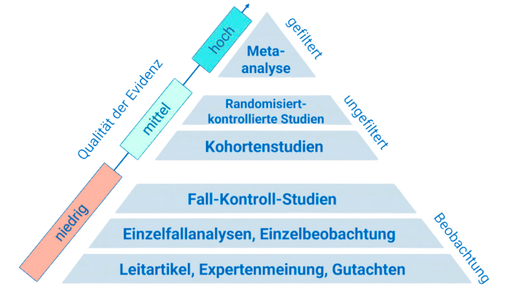Imagine walking barefoot across an untouched forest floor, feeling the earth beneath your feet, and sensing how each step makes you feel more invigorated. This may seem like a scene from a futuristic movie, but researchers have discovered that a simple return to nature can offer significant health benefits. Barefoot walking is not only a nod to our evolutionary past but also a pathway to a healthier future. But what is the science and practice behind this "training sans shoes"? Let's dive into this exciting world together!
Barefoot walking is more than just the absence of shoes. It establishes a connection to the environment that is often interrupted by wearing stiff or heavily cushioned shoes. The sole of the foot is a highly sensitive area full of mechanoreceptorsreceptors that detect mechanical stimuli that send important information to the brain. This feedback is crucial for our balance and proprioceptive capability, also known as proprioceptionperception of one's own body position and movement. In a world full of modern shoes that suppress these mechanisms, barefoot walking can be a beneficial return to our natural gait.
The health impacts of barefoot walking are diverse. One main advantage is the improvement of foot strength through the training of the intrinsic foot muscles, fostered by minimalist foot movements [1]. The additional activation of these muscles can support the architectural stability of the foot and possibly prevent future injuries [2]. However, there are also risks, such as the danger of stress fracturesfracture in the bone due to overuse when walking barefoot on overly hard surfaces without preparation [3]. A gentle and gradual transition to a barefoot lifestyle can, however, counter these risks.
A study showed that wearing minimalist shoes over a period of six months increased foot strength by an impressive 57.4% [1]. This study, with a robust sample of Western adults, highlights the muscle adaptations resulting from daily activities in minimalist shoes. Another investigation looked at the improvement of proprioceptive abilities through three weekly training sessions on uneven surfaces. The results suggested that such exercises can not only improve stability but also act preventively against injuries when the exercise effort is controlled [2]. Both studies stand out due to clear study designs and statistically significant results, making them valuable for practical implementation.
How can you integrate these findings into your daily life? Start by walking barefoot three times a week on natural or artificial uneven surfaces to improve your proprioceptive abilities [2]. Avoid heavily cushioned shoes to naturally enhance your foot strength, and gradually accustom yourself to barefoot movements [1]. A gentle start would be to increase the time spent walking without shoes by five minutes each week until you comfortably reach 30 minutes [4]. Through this gradual adjustment, you can strengthen both your musculature and bone structure and prevent overuse injuries [4].
Barefoot walking is more than just a passing trend. It offers a profound way to promote both physical and mental aspects of health. Science shows that it can significantly improve both the strength and sensory feedback of the foot. By progressively integrating the above recommendations into your everyday life, you can reap the numerous benefits and naturally enhance your fitness.
This health article was created with AI support and is intended to help people access current scientific health knowledge. It contributes to the democratization of science – however, it does not replace professional medical advice and may present individual details in a simplified or slightly inaccurate manner due to AI-generated content. HEARTPORT and its affiliates assume no liability for the accuracy, completeness, or applicability of the information provided.














